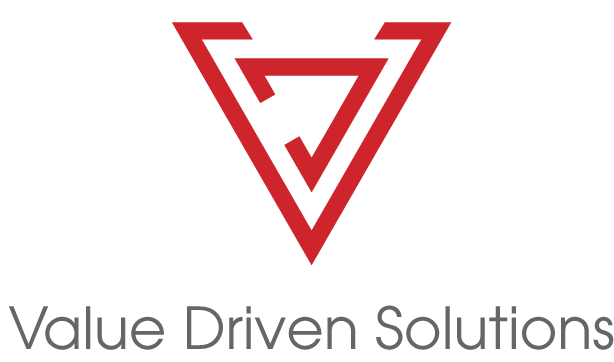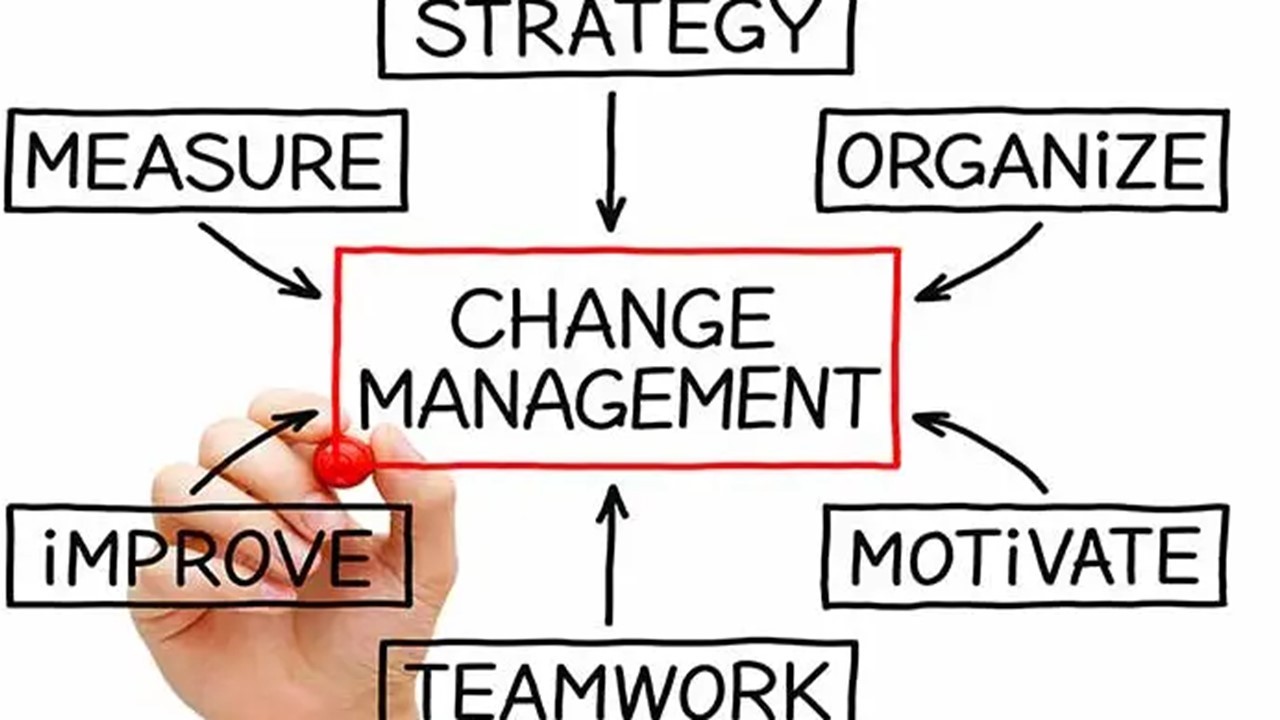I. Introduction
The Consumer Packaged Goods (CPG) industry operates in a landscape of constant evolution, demanding agility and adaptability. Successful navigation through these changes hinges on effective change management strategies.
II. Successful Elements of Change Management in CPG
A. Strategic Vision and Communication
1. Clear Vision: A Blueprint for Transformation
· Importance of Clarity: A clear vision serves as the blueprint for organizational transformation, providing a comprehensive understanding of the desired future state. It acts as a guiding light during periods of change, aligning efforts and fostering unity.
· Procter & Gamble's Sustainability Drive: In the early 2000s, Procter & Gamble (P&G) underwent a transformative journey towards sustainability. Their clear vision encompassed reducing environmental impact, improving product safety, and promoting social responsibility. By explicitly outlining their goals, P&G galvanized its workforce and stakeholders, driving meaningful change across its product lines and operations.
· Key Takeaway: Organizations can learn from P&G's approach by articulating a vision that not only addresses immediate challenges but also aligns with broader societal and environmental goals.
2. Effective Communication: Fostering Employee Buy-In
· Transparent and Consistent Messaging: Effective communication is the linchpin for gaining employee buy-in during periods of change. Transparency and consistency in messaging create a sense of trust and understanding, reducing uncertainty among employees.
· Coca-Cola's Rebranding Communication Strategy: During Coca-Cola's rebranding efforts, the company exemplified the power of effective communication. By openly addressing the reasons behind the rebrand, communicating the benefits, and involving employees in the process, Coca-Cola minimized resistance and generated enthusiasm for the change.
· Key Takeaway: Organizations should prioritize open and consistent communication, involving employees in the narrative of change. This not only enhances understanding but also transforms employees into advocates for the change initiative.
B. Leadership Engagement and Alignment
1. Leadership Buy-In: Catalyst for Cultural Change
· Active Support and Advocacy: Leadership buy-in is not merely an endorsement but an active involvement in driving cultural change. Leaders serve as catalysts, fostering an environment where change is embraced, and employees feel empowered.
· Nestle's Health-Focused Shift: Nestle's CEO played a pivotal role in driving a cultural shift towards health-focused products. By championing the importance of wellness and aligning the company's mission with healthier choices, leadership became the driving force behind a transformative journey, inspiring confidence at every level.
· Key Takeaway: Leadership buy-in goes beyond verbal endorsement—it involves actively embodying and championing the change, setting the tone for the entire organization.
2. Alignment with Organizational Goals: Synthesis of Purpose
· Holistic Integration: Successful change initiatives are seamlessly woven into the fabric of broader organizational goals. Alignment ensures that transformation isn't pursued in isolation but becomes an integral part of the company's strategic direction.
· Unilever's Sustainable Living Plan: Unilever's commitment to sustainability is a prime example of aligning change initiatives with organizational goals. The Sustainable Living Plan, integrated into Unilever's corporate strategy, reflects a comprehensive approach to business that prioritizes environmental and social responsibility.
· Key Takeaway: Change initiatives should not be standalone; they should resonate with the organization's overarching objectives, creating a synergistic effect that propels the company forward.
C. Employee Involvement and Empowerment
1. Employee Engagement: Fueling Innovation from Within
· Involving Employees: General Mills' success in fostering innovation through an employee-driven program highlights the benefits of involving employees in the change process. By valuing their insights and contributions, companies can tap into a wellspring of creativity and commitment.
· Key Takeaway: Employee engagement is not just about participation; it's about recognizing the inherent potential within the workforce and leveraging it as a driving force for positive change.
2. Empowerment: Equipping for Transformation
· Providing Resources: Kellogg's investment in employee training for digital transformation illustrates the importance of empowering employees with the necessary resources. This includes not only technological tools but also the training and support needed to adapt to new processes.
· Key Takeaway: Empowered employees are adaptable employees. Organizations must provide the tools and training necessary for employees to embrace and thrive in the evolving landscape.
D. Data-Driven Decision-Making
1. Utilizing Data: Insight-Driven Transformations
· Informed Decision-Making: PepsiCo's strategic use of data analytics for market insights exemplifies how leveraging data informs decisions. Data-driven approaches provide a solid foundation for understanding market dynamics and steering change initiatives.
· Key Takeaway: In the digital age, data is a powerful ally. Utilizing data analytics equips organizations with valuable insights, enabling them to make informed and strategic decisions.
2. Feedback Mechanisms: Continuous Improvement
· Establishing Feedback Loops: Mondelez International's use of feedback-driven adjustments during a supply chain transformation underscores the importance of continuous improvement. Establishing feedback mechanisms ensures that change strategies remain dynamic and responsive.
· Key Takeaway: Feedback loops are not just for monitoring; they are mechanisms for refinement. Organizations should actively seek and utilize feedback to enhance the effectiveness of change initiatives.
III. Challenges in Change Management in CPG
A. Resistance to Change
1. Identifying Resistance: Proactive Approach
· Signs of Resistance: Kraft Heinz's approach to managing resistance during a merger involves proactively identifying signs of resistance and addressing concerns. Recognizing and mitigating resistance early in the change process is crucial.
· Key Takeaway: Resistance is inevitable, but a proactive stance allows organizations to address concerns swiftly, minimizing disruptions.
2. Cultural Shifts: Navigating Organizational Culture
· Cultural Transformation: Hershey's cultural transformation towards innovation highlights the challenges associated with cultural changes. Strategies for overcoming these challenges involve a blend of leadership, communication, and employee involvement.
· Key Takeaway: Cultural shifts require intentional efforts and a strategic approach to align the workforce with the desired changes.
B. Implementation Hurdles
1. Resource Constraints: Strategic Resource Management
· Addressing Limitations: Campbell Soup Company's resource management during a restructuring illustrates the challenges associated with resource constraints. Strategic allocation of time, budget, and workforce is crucial for successful implementation.
· Key Takeaway: Realistic resource planning and allocation are essential for overcoming implementation hurdles and ensuring the success of change initiatives.
2. Technology Integration: Seamless Transition
· Complexities of Integration: Danone's adoption of Industry 4.0 technologies emphasizes the complexities of integrating new technologies. A smooth transition requires meticulous planning, employee training, and a phased approach.
· Key Takeaway: Technology integration is not just about adopting new tools; it's about orchestrating a seamless transition that aligns with organizational goals.
C. Maintaining Productivity During Transition
1. Balancing Act: Continuity Amid Change
· Ongoing Productivity: ConAgra's strategies for minimizing disruptions during a supply chain reconfiguration highlight the need for a delicate balancing act. Organizations must manage change while ensuring ongoing productivity.
· Key Takeaway: Change should enhance, not hinder, productivity. Striking a balance is crucial to minimize disruptions and maintain operational efficiency.
2. Change Fatigue: Prioritizing Employee Well-Being
· Managing Fatigue: McCormick & Company's employee well-being initiatives during a transformation underscore the importance of managing change fatigue. Prioritizing employee well-being contributes to sustained engagement and resilience.
· Key Takeaway: Acknowledging and addressing change fatigue is essential for maintaining a motivated and resilient workforce.
D. Measuring Success and ROI
1. Defining Success Metrics: Holistic Measurement
· Key Performance Indicators: Colgate-Palmolive's use of key performance indicators for sustainability initiatives emphasizes the importance of defining success metrics. A holistic measurement approach ensures that the impact of change initiatives is comprehensive.
· Key Takeaway: Success metrics should align with the overarching goals of change initiatives, providing a comprehensive view of their impact.
2. ROI Challenges: Beyond Financial Metrics
· Measuring Impact: Tyson Foods' approach to measuring ROI in sustainability projects recognizes the complexities of quantifying impact. Organizations must look beyond financial metrics and consider broader societal, environmental, and internal factors.
· Key Takeaway: ROI measurement should encompass a multidimensional view, reflecting the holistic impact of change initiatives.
IV. Conclusion
· In conclusion, successful change management in the CPG industry requires a well-balanced, adaptive approach. By prioritizing leadership engagement, employee involvement, data-driven decision-making, and addressing challenges head-on, organizations can navigate the complexities of change and thrive in an ever-evolving industry.
Need an expert to assist your organization in navigating the complexities of change and improving ROI?
Contact Value Driven Solutions today:
Value Driven Solutions
772-722-8811


